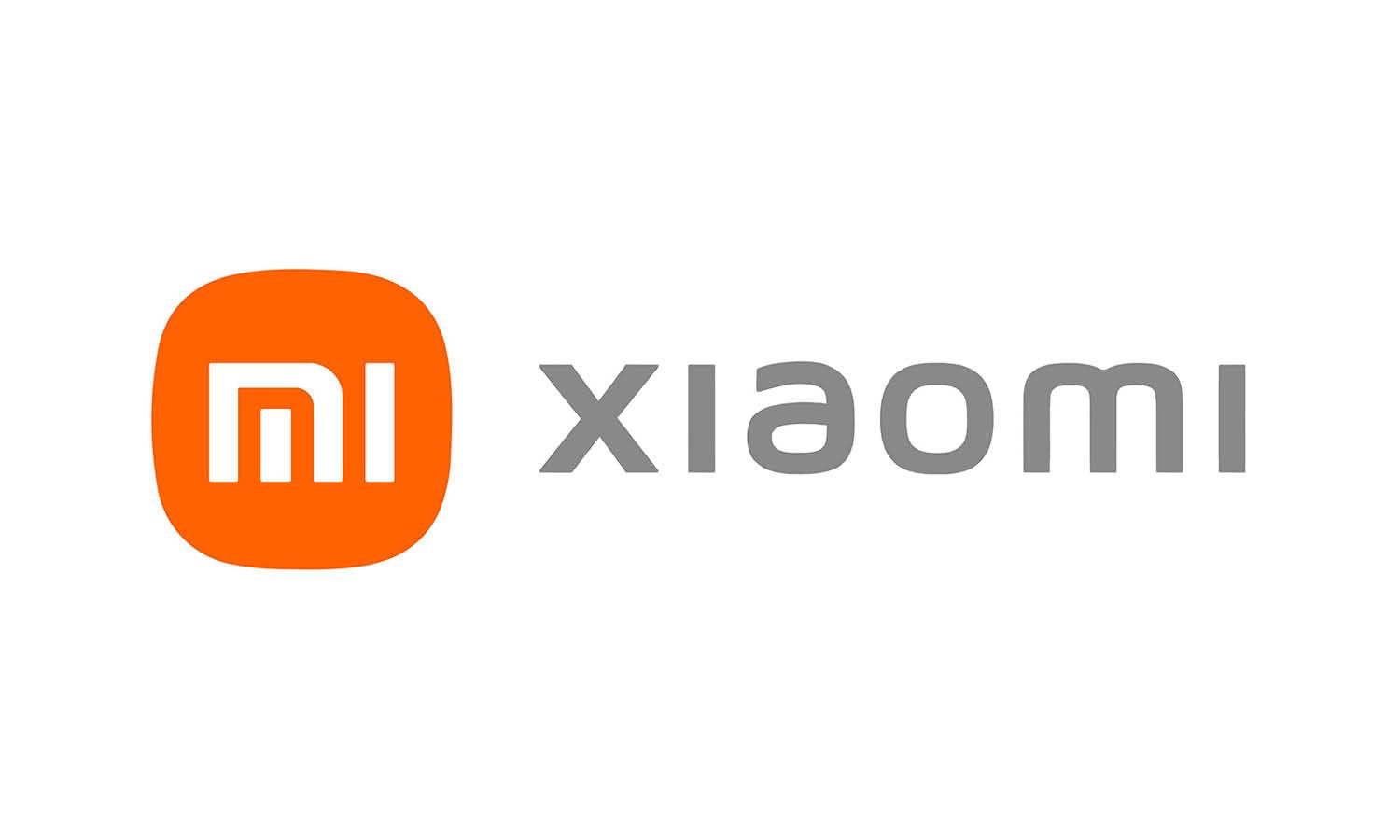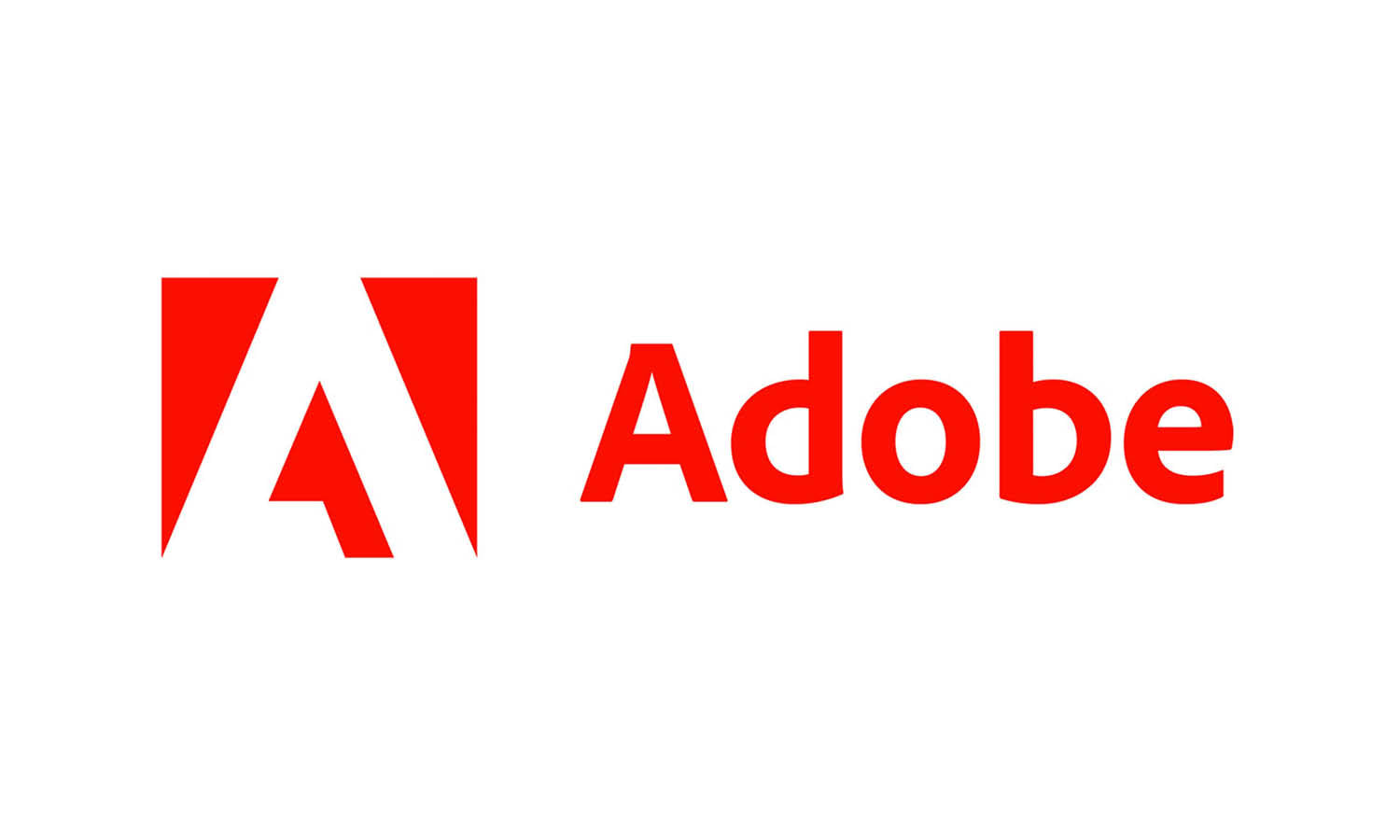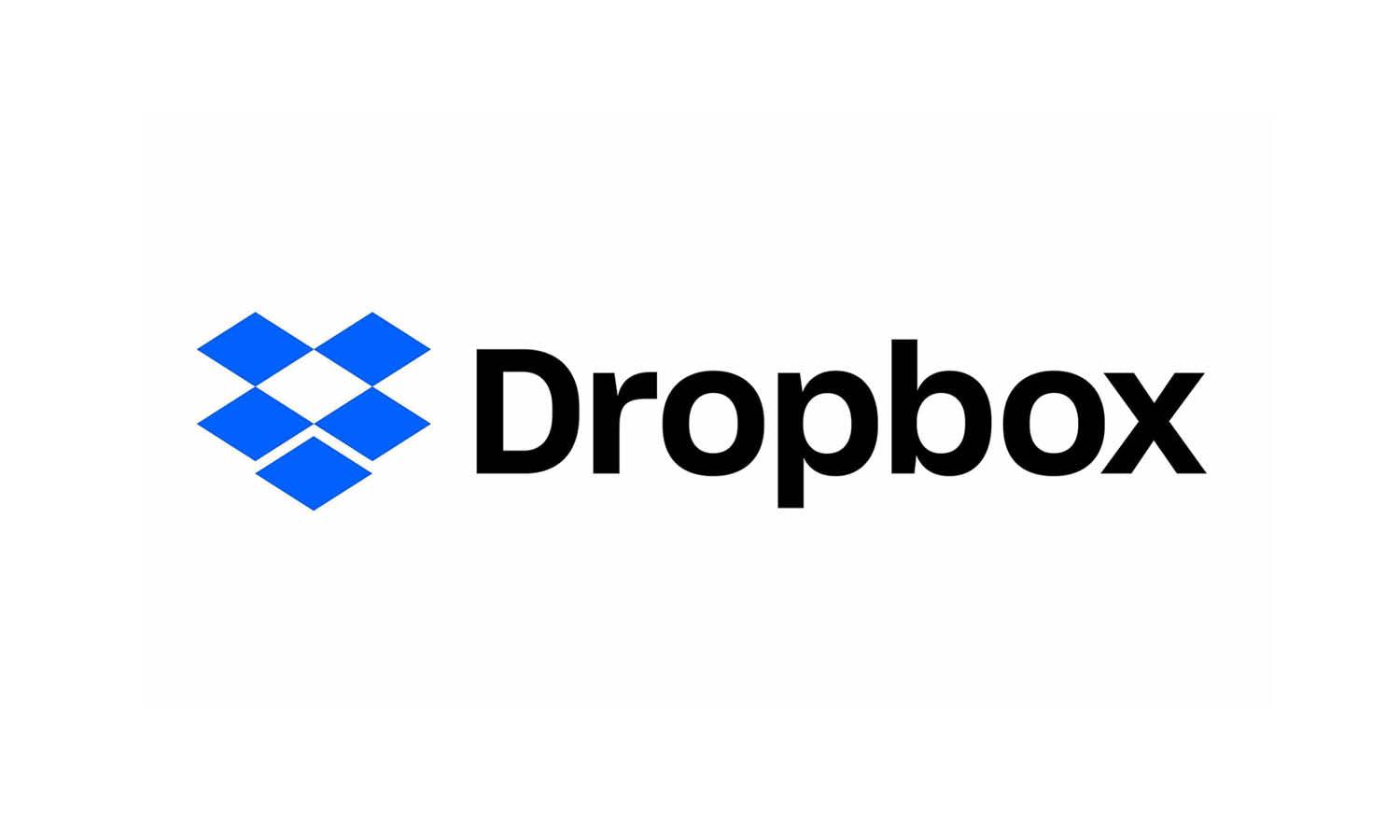Toshiba Logo Design: History & Evolution

Image Courtesy: Toshiba
When it comes to iconic branding in the tech industry, Toshiba logo design surely stands out. Whether you're a seasoned graphic designer or just venturing into the field, you can't overlook the creativity and evolution that has shaped Toshiba's brand image over the years. The Toshiba logo design history isn't just a tale of typography and color; it's a testament to the power of design in conveying a brand's essence and aligning with technological innovation.
From the humble beginnings in 1938 to the modern and sleek design we see today, Toshiba's logo reflects a rich heritage intertwined with a forward-thinking approach. In this article, we'll dive deep into the transformation of the Toshiba logo design, extracting lessons and insights that can inspire and guide any graphic designer. If you're curious to understand how a logo can evolve with a company, grab your favorite design tool and let's embark on this journey through the visually striking world of Toshiba!
Toshiba Logo Design History
1893 - 1904
The roots of the Toshiba logo design go back to 1893, with the formation of the company as Shibaura Seisaku-sho. Graphic designers and branding enthusiasts can glean a lot from this original logo, which was nothing short of a statement in simplicity and elegance. The design boasted a circular badge enclosing a rhombus, with three parallel horizontal lines inside the rhombus.
This black and white emblem was more than just a brand mark; it was a symbol of precision and harmony. With the lines of the circle and the rhombus featuring the same thickness, the 1893 Toshiba logo design was meticulously balanced. The choice of a rhombus and horizontal lines might seem minimalistic, but they conveyed a sense of stability and integrity that the company stood for.
Though the Toshiba logo design has undergone significant changes since this early iteration, the principles behind it remain influential. For contemporary designers, this phase of the logo's history offers a timeless lesson in crafting meaningful and balanced designs, showcasing how simplicity can indeed be the ultimate sophistication.

Image Courtesy: Toshiba
1904 - 1919
The evolution of Toshiba logo design took an intriguing turn in 1904. Swapping the geometric rigidity of the previous design, the brand embraced an elegant cursive monogram that became synonymous with style and grace. This period's Toshiba logo design offers a classic example of how aesthetics can align with a brand's evolution.
Comprising three curved smooth letters, written in black and connected with elongated lines that were emboldened at their ends, this design radiated sophistication. It was a departure from the previous emblem but retained the iconic black and white color scheme. The fluidity of the lines and the artful connections between the letters spoke to a more refined, personable brand identity.
For today's graphic designers, the 1904 transformation of the Toshiba logo design provides valuable insights into the power of adaptability and creative rebranding. It demonstrates that a logo can honor its roots while also aligning with the changing times and tastes. This stage in Toshiba's logo history stands as a testament to the art of reimagining a brand while keeping a connection to its core values, showing how design can be both fluid and foundational.

Image Courtesy: Toshiba
1919 - 1925
In 1919, the Toshiba logo design journey took yet another fascinating twist, blending the past with the present in a bold new statement. Reintroducing the circular badge that harkened back to the original design, this era's emblem saw significant changes within the badge that reflected a more assertive direction for the company.
The redesign replaced the previous monogram with a potent “Z” line symbol at the bottom, flanked by two solid crosses above it. These stark, unambiguous shapes rendered the Toshiba logo design strong and confident, very much in line with a brand that was increasingly evoking a sense of expertise and authority.
This particular phase of Toshiba's logo evolution offers a compelling lesson for graphic designers. It showcases the mastery in seamlessly integrating heritage elements with contemporary symbols, crafting an identity that resonates with the times without losing touch with its roots.
In the grand tale of Toshiba logo design, the 1919 - 1925 period stands as an inspiring chapter on how logos can be a strategic blend of old and new, communicating brand evolution while maintaining a consistent, recognizable presence. It's a beautiful illustration of design as an evolving story, always adaptable, yet deeply rooted in its origins.

Image Courtesy: Toshiba
1925 - 1939
A significant shift in the Toshiba logo design occurred in 1925, marking the establishment of Tokyo Denki, or Tokyo Electronic Company. The change was not just in the name but also in the visual identity of the brand, setting the stage for a fresh chapter in the design saga.
The emblem retained the black circular frame that had become synonymous with the brand but moved in a modern direction. The abstract symbols of the past were replaced with a “TEC” inscription executed in a bold, rounded sans-serif typeface. This change transformed the feel of the logo, making it more contemporary and relevant to the new company name. Adding to the uniqueness, three rounded short lines emanated from the circular frame to the center of the emblem, giving it an innovative, forward-looking flair.
For graphic designers studying the Toshiba logo design, this phase is a lesson in adapting to change without losing identity. The 1925-1939 logo shows how the strategic use of typography and simple geometric elements can communicate a brand's evolution, reflecting its history while signaling a new direction. It's a vivid reminder that great logo design can be as dynamic and adaptable as the brands they represent.

Image Courtesy: Toshiba
1939 - 1943
The Toshiba logo design took another momentous turn in 1939 when Shibaura merged with Tokyo Electronic Company (TEC), forming Tokyo Shibaura Denki. This merger didn't just mark a new era for the company; it also signified a thoughtful blend of two brand identities into one unified emblem.
Drawing on elements from both logos, the new design featured two monochrome circles, slightly overlapping, to symbolize the joining of the two companies. The left circle retained the familiar “Z” with two crosses, a nod to Shibaura's heritage. The right circle, on the other hand, featured a vertically oriented inscription in Japanese, representing the TEC side of the merger.
This unique approach to the Toshiba logo design during the 1939-1943 period tells a captivating story of collaboration and integration. It serves as an inspirational case study for graphic designers on how to thoughtfully combine different brand identities without losing their essence.
In a world where mergers and acquisitions are common, this chapter in Toshiba's logo history provides a timeless lesson in design harmony and brand storytelling. The careful balancing act between honoring the past and embracing the new is a creative challenge that continues to resonate in modern design philosophy.

Image Courtesy: Toshiba
1943 - 1946
The period between 1943 and 1946 marked an intriguing phase in the Toshiba logo design evolution. During these years, the company introduced a minimalist and sharp emblem that stood out as one of the most modern and stylish badges in its history.
This new design was composed of a shut Ikra image, enclosed within a sleek circular frame. Its clean lines and simple geometry made it a visually striking departure from previous iterations. Though the emblem remained with the brand for only three years, its impact resonates even today.
What sets this phase apart in the Toshiba logo design story is its bold embrace of minimalism at a time when it wasn't a widespread design philosophy. This 1943 design speaks to Toshiba's willingness to explore new creative directions and push the boundaries of conventional branding.
For contemporary graphic designers, this short-lived but memorable logo offers valuable insights into the power of simplicity and elegance. It's a testament to how a well-crafted minimalist design can create a lasting impression. In the ever-evolving journey of Toshiba logo design, these three years stand as a brief but shining example of timeless design thinking.

Image Courtesy: Toshiba
1946 - 1950
The era of 1946 to 1950 brought yet another transformation to the Toshiba logo design. Moving away from the minimalist emblem of the previous years, the new design featured a single circle that was a continuation of the previous emblem. This circle, placed on the right, showcased a vertically placed Japanese inscription enclosed in a rounded frame, with three distinct rounded curves emanating from the frame to the center.
This shift in the Toshiba logo design symbolized a new chapter for the company, reflecting a sense of consolidation and cultural connection. The singular focus on the right element of the previous design perhaps signaled a honing in on core values and identity, while still maintaining a contemporary appeal.
For graphic designers, this particular logo serves as an inspiration for how design can be both a continuation and a break from the past. It exemplifies how a company's visual identity can evolve while still maintaining elements that connect to its history.
The 1946-1950 period in the Toshiba logo design timeline is an eloquent reminder that logos are more than mere symbols; they're visual narratives that tell a brand's ongoing story. Through change and consistency, the design communicates a brand's journey, its values, and its future direction.

Image Courtesy: Toshiba
1950 - 1984
With the renaming of the company to Toshiba in 1950, a new era began in both the corporation's identity and its visual representation. The introduction of a new insignia brought with it an elegant and sleek logotype that would become a hallmark of the Toshiba brand for nearly three decades.
The new Toshiba logo design featured cursive smooth lettering in black, giving it a refined and timeless appearance. What made this design truly unique was the horizontal bar of the letter “T” - elongated and arched, it stretched like an umbrella over the other letters, uniting them in a cohesive and graceful visual expression.
This design's enduring appeal and its lasting presence in the brand's history showcase the power of simplicity combined with thoughtfulness. For graphic designers, it offers valuable lessons in crafting logos that resonate across time and trends.
The 1950-1984 chapter of the Toshiba logo design story stands as a testament to how a logo can encapsulate a brand's essence with elegance and subtlety. Its ability to remain relevant for nearly three decades highlights the timeless nature of well-executed design, making it a memorable milestone in the ever-evolving world of graphic design.

Image Courtesy: Toshiba
1969 - 1984
During the years 1969 to 1984, a fresh version of the Toshiba logo design made its appearance, marking a departure from the elegant cursive style that had previously characterized the brand. This new logo, bold and contemporary, resonated with a growing emphasis on modernity and technological prowess.
The updated design featured all capitals of a square sans-serif typeface with clean, strict shapes and lines. The choice of typeface, Microgramma Bold, was pivotal in defining the logo's strong and confident appearance. The sharpness of the characters, coupled with a monochrome color palette, contributed to an image that was both timeless and forward-looking.
Interestingly, this version of the emblem still adorns some of the brand's products, underscoring its enduring appeal. For graphic designers, the Toshiba logo design from this era serves as an insightful example of how typography can dramatically alter a brand's image. The transition from smooth cursive to robust sans-serif underscores the transformative power of font selection.
The 1969-1984 period of Toshiba logo design provides a compelling illustration of how a well-crafted update can breathe new life into a brand, reflecting changing times and renewed corporate focus without losing connection to its history.

Image Courtesy: Toshiba
1984 - Present
The year 1984 marked a significant turning point in Toshiba's visual identity, introducing a vibrant and bold new look that still resonates today. The redesign brought a fresh and lively aspect to the Toshiba logo design, coloring the logotype in an eye-catching red, and making a decisive shift in its typography.
The new typeface chosen was Eurostile Bold, a more narrow and solid sans-serif that gave the logo a contemporary and confident edge. This new design not only reflected a reinvigorated brand but also stood out as a memorable symbol in the tech industry.
For graphic designers, this transformation in Toshiba's logo design offers a compelling lesson in how color and typography can dramatically influence brand perception. The shift from monochrome to red and the transition to Eurostile Bold sent a clear message of innovation and forward-thinking.
The 1984-present era in Toshiba's logo history is a prime example of how thoughtful redesign can align a brand with its evolving mission and values. It's a reminder to designers that even established logos can be refreshed and revitalized, keeping them relevant and reflective of a brand's continuous growth and dynamism.

Image Courtesy: Toshiba
Analysis: Toshiba Logo Design Evolution
The evolution of Toshiba logo design is a fascinating journey that tells the story of innovation, tradition, and adaptability. From its early geometric emblems to the modern, bold red insignia, the Toshiba logo has been a reflection of the company's changing times and industry leadership. This analysis provides an in-depth look at five key aspects that shaped Toshiba's visual identity, providing insights and inspiration for graphic designers.
Adaptation to Technological Advancements
Throughout its history, the Toshiba logo design has continuously evolved to mirror the company's advancements in technology. The shifts from classic geometric shapes to sleek minimalist designs and eventually to the bright and bold Eurostile Bold reflect the corporation's progress and alignment with the technological landscape. This adaptability showcases the importance of design flexibility and relevance in a fast-changing industry.
Typography as Identity
Toshiba's varied use of typography illustrates how font choice can fundamentally shape a brand's visual identity. From the cursive lettering in the mid-20th century to the implementation of Microgramma Bold and later Eurostile Bold, each typeface conveyed distinct characteristics and messages. These typographical choices serve as a lesson on the influential power of fonts in conveying brand personality and values.
Color as a Brand Statement
The shift to red in 1984 was more than just a visual update; it was a powerful brand statement. The color red signifies passion, energy, and innovation, aligning with Toshiba's mission and industry standing. This choice in the Toshiba logo design highlights how color can be strategically used to reinforce a brand's message and create a memorable visual impact.
Simplicity and Timelessness
Throughout its evolution, Toshiba's logo design has maintained a balance between simplicity and elegance. The minimalist approaches in various eras demonstrate how simplicity can create timeless designs. From the shut Ikra image of 1943 to the modern red logo, simplicity has been a consistent theme, emphasizing the enduring appeal of uncluttered design.
A Reflection of Corporate Evolution
Toshiba's logos not only charted the company's design progression but also mirrored its corporate evolution. Changes in design paralleled major corporate milestones, such as mergers and name changes. This synchrony between design and corporate strategy underscores the importance of logo design as a holistic representation of a company's journey, brand story, and core values.
The Toshiba logo design evolution is a masterclass in how visual identity can adapt, innovate, and resonate over time. Through thoughtful choices in color, typography, and simplicity, Toshiba's logos have provided a rich visual narrative that continues to inspire designers. It's a vivid reminder that logo design is more than mere aesthetics; it's an ongoing dialogue between a brand and its audience, shaped by creativity, strategy, and cultural context.

Image Source :https://www.instagram.com/toshibausa/ | Image Courtesy: Toshiba
The Philosophy & Meaning Behind Toshiba Logo Design
Toshiba's logo design isn't just a visual symbol; it's a manifestation of philosophy and meaning that connects with the brand's core values and industry presence. For graphic designers, understanding the underlying themes of the Toshiba logo design can offer rich insights into how a logo can be more than a mere mark, but a profound expression of identity. Here's a closer look at five key philosophical principles that have shaped the Toshiba logo over time.
Innovation and Progress
The Toshiba logo design has consistently reflected the company's commitment to technological innovation and progress. From its early geometric emblems to the vibrant red Eurostile Bold of today, each evolution of the logo has signaled a step forward in technology. It's a powerful reminder of how design can be a visual testament to a brand's dedication to constant growth and leadership in its field.
Global Identity
Toshiba's transition from complex emblems to minimalist and globally recognizable insignias illustrates the brand's expansion into a global powerhouse. By adopting universally appealing design elements, the Toshiba logo design has become a symbol that transcends cultural boundaries. This shift highlights the importance of designing with a global perspective, especially for brands that seek a broad international reach.
Strength and Confidence
The strong geometric forms and bold typography choices in Toshiba's logo history exude a sense of strength, stability, and confidence. Whether it's the robust "Z" symbol of 1919 or the solid Eurostile Bold of today, these design choices align with Toshiba's reputation for reliability and expertise. It's a strategic use of design to underline a brand's core strengths.
Adaptability and Resilience
The multiple redesigns of Toshiba's logo not only showcase the brand's ability to adapt to technological changes but also symbolize resilience. In an ever-changing industry, the willingness to evolve and refresh the logo shows a resilient nature that's aligned with business longevity. The Toshiba logo design teaches designers the importance of adaptability and the courage to evolve while retaining essential brand values.
Emotional Connection
The color red in Toshiba's recent logo is more than an aesthetic choice; it's an emotive connection to the brand's passion, dynamism, and energy. This thoughtful utilization of color emphasizes how design can create an emotional bond with its audience. It's a nuanced aspect of the Toshiba logo design that deepens the connection between brand and consumer.
The philosophy and meaning behind Toshiba's logo design offer a rich narrative that extends beyond mere aesthetics. It's a multifaceted exploration of innovation, global identity, strength, adaptability, and emotional resonance. For graphic designers, Toshiba's logo evolution serves as a nuanced study in how design can be a profound expression of a brand's soul, resonating with its audience in meaningful ways. This exploration into the philosophy of Toshiba's logo design reveals that great logos are not only visually pleasing but carry a depth of meaning that connects, communicates, and inspires.

Image Source :https://toshiba-tv.com/ | Image Courtesy: Toshiba
What Can We Learn from Toshiba Logo Design
The story of Toshiba's logo design is a rich narrative that spans decades, showcasing various facets of design thinking, innovation, and adaptability. It's a tale that's not only reflective of Toshiba's brand journey but also filled with valuable lessons for graphic designers at any stage of their careers. Here are five insights we can glean from the history of Toshiba logo design that speak to universal principles in the art and craft of design.
The Importance of Timeless Design
Toshiba's shift from detailed emblems to minimalistic logotypes teaches us the value of timeless design. By focusing on essential elements that communicate the brand's core message, the Toshiba logo design has maintained its relevance. This emphasis on simplicity and classic aesthetics can guide designers in creating logos that will endure the test of time.
Adaptation to Market Needs
Throughout its history, Toshiba has adapted its logo to align with the evolving market demands and technological advances. Whether it's the transition from elegant cursive to bold geometric shapes, each iteration speaks to the brand's awareness of its audience and industry trends. It's a lesson in flexibility and the importance of understanding the landscape in which a brand operates.
Consistency in Branding
Even with various redesigns, the Toshiba logo design has always maintained a consistent visual language that resonates with the brand's identity. From color choices to typography, these consistent elements have fortified the brand's recognition and trustworthiness. It’s a reminder that while logos may evolve, retaining core elements that speak to the brand's essence is crucial.
The Power of Color
Toshiba's decision to introduce a vibrant red into its logo in 1984 was not merely aesthetic. It was a strategic move that imbued the logo with energy, passion, and dynamism. This choice illustrates the power of color in conveying emotion and personality, reminding designers to consider color as a critical component in logo design.
Global Consideration in Design
As Toshiba expanded globally, its logo design evolved to transcend cultural boundaries. The shift to universally appealing design elements reflects an awareness of a broader audience. For designers working with international brands, it's a lesson in thinking globally and recognizing that a logo must often communicate across diverse cultures and markets.
The evolution of Toshiba logo design offers a rich tapestry of lessons that reach far beyond the brand itself. From timeless aesthetics to market adaptation, consistency, color significance, and global considerations, the Toshiba logo is a masterclass in strategic and thoughtful design. These insights are not only applicable to logo creation but resonate with broader design principles. Toshiba's logo design journey inspires us to approach design with a mindful, adaptive, and globally conscious perspective, enriching our work as designers in a constantly changing world.
Conclusion
In tracing the rich history of Toshiba logo design, we uncover a treasure trove of insights that reflect not just the evolution of a brand, but the very principles that make great design. From its initial geometric forms to the sleek modern typefaces, Toshiba's emblem serves as a beacon for innovation, adaptability, and timeless elegance. Whether you're a budding designer or a seasoned professional, the lessons gleaned from the Toshiba logo design journey offer valuable perspectives that can inspire and guide your creative endeavors. It's a remarkable story that continues to resonate within the design community.
Let Us Know What You Think!
These fantastic logo design articles are written and curated by Kreafolk's team. We hope you enjoy our information and remember to leave us a comment below. Cheers!
















Leave a Comment